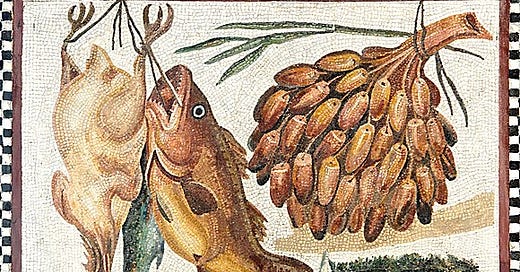Hello! I am trying something today.
As you probably know, this newsletter usually comes out on Sunday, and focuses on historical images, art, and artifacts. But, as you may also know, I do a fair amount of writing that doesn’t show up in this newsletter (mostly here). I’ve really enjoyed working on Looking Through the Past over the last year and a half,…
Keep reading with a 7-day free trial
Subscribe to Looking Through the Past to keep reading this post and get 7 days of free access to the full post archives.



